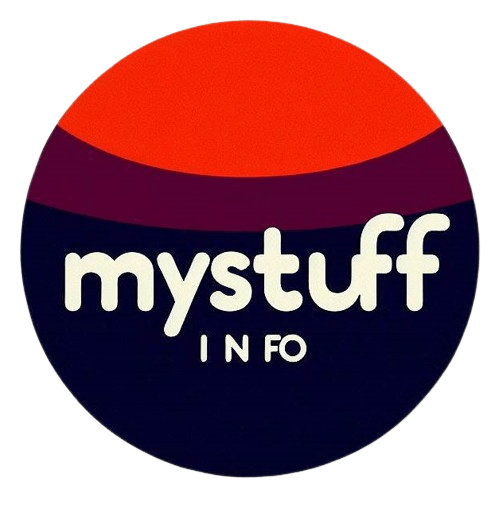Buying a house can seem like an impossible dream, especially when you don’t have a large sum of money saved for a down payment.
But what if you could purchase a home without any money down? In this guide, we’ll explore various strategies and programs that make homeownership achievable with $0 down.
From government-backed loans to creative financing options, we’ll cover all the essential steps to help you buy a house with no money down.
Whether you’re a first-time buyer or looking to invest in real estate, these methods can open the door to your new home without the hefty upfront costs.

1. Understand the Concept of No-Money-Down
Buying a house with no money down means purchasing a property without making a traditional down payment. Instead, you use different strategies to finance the purchase.
2. Leverage Government Programs
First-Time Homebuyer Programs: The U.S. government offers various programs to help first-time buyers. These programs provide grants, low-interest loans, and other benefits. Visit the HUD website for more information.
USDA Loans: The U.S. Department of Agriculture provides loans for people buying homes in rural areas. These loans require no down payment. Check out the USDA website for details.
VA Loans: Veterans and active military members can use VA loans to buy homes with no down payment. More information is available on the VA website.
3. Seek Out Private Financing
Seller Financing: Sometimes, the person selling the house will let you pay them directly over time instead of getting a loan from a bank.
Lease-Option or Rent-to-Own: Rent a house with the option to buy it later. Part of your rent payments can go towards the purchase price.
Private Investors: Find private individuals willing to lend you money to buy a house, often in exchange for a share of the property or interest payments.

4. Explore Creative Financing Options
Hard Money Loans: These are short-term loans from private lenders, usually with higher interest rates. They’re often used for buying and fixing up houses quickly.
Partnerships: Partner with someone who has the money for the down payment. You can agree on terms to share ownership of the house.
Home Equity Loans: If you own another property, you can borrow against its value to finance the new house.
5. Look for Down Payment Assistance
Local and State Programs: Many local governments offer programs to help with down payments. Check your city or state’s housing department for more information.
Nonprofit Organizations: Some nonprofits provide grants or loans for down payments. An example is NeighborWorks America.
6. Utilize Sweat Equity
DIY Improvements: Some programs and sellers let you use the value of home improvements as a down payment.
Habitat for Humanity: This organization helps people build their own homes. Participants provide “sweat equity” by working on the construction. Visit Habitat for Humanity for more information.

7. Negotiate with the Seller
Closing Costs: Ask the seller to pay for the closing costs. This can save you money upfront.
Purchase Price Adjustment: Negotiate a lower purchase price if you can close the deal quickly or offer other favorable terms.
8. House Hacking
Multi-Family Homes: Buy a duplex, triplex, or fourplex. Live in one unit and rent out the others to cover your mortgage.
Rent Out Rooms: Buy a single-family home and rent out extra rooms to generate income.
9. Consider Lower-Cost Markets
Move to Affordable Areas: Some places have lower home prices, making it easier to buy a house with little money.
Foreclosures and Auctions: Look for foreclosed properties or houses sold at auctions. These can often be purchased below market value.

10. Improve Your Financial Profile
Credit Score: A higher credit score can help you get better loan terms. This reduces the need for a large down payment. Visit AnnualCreditReport.com to check your credit score for free.
Debt-to-Income Ratio: Lowering your debt compared to your income makes you a more attractive borrower to lenders.
Conclusion
Buying a house without money can be challenging, but it’s possible with the right strategies.
By using government programs, negotiating effectively, and exploring creative financing options, you can achieve homeownership even without a traditional down payment.
For more information, check out resources like the HUD website and other official links provided in this guide.


